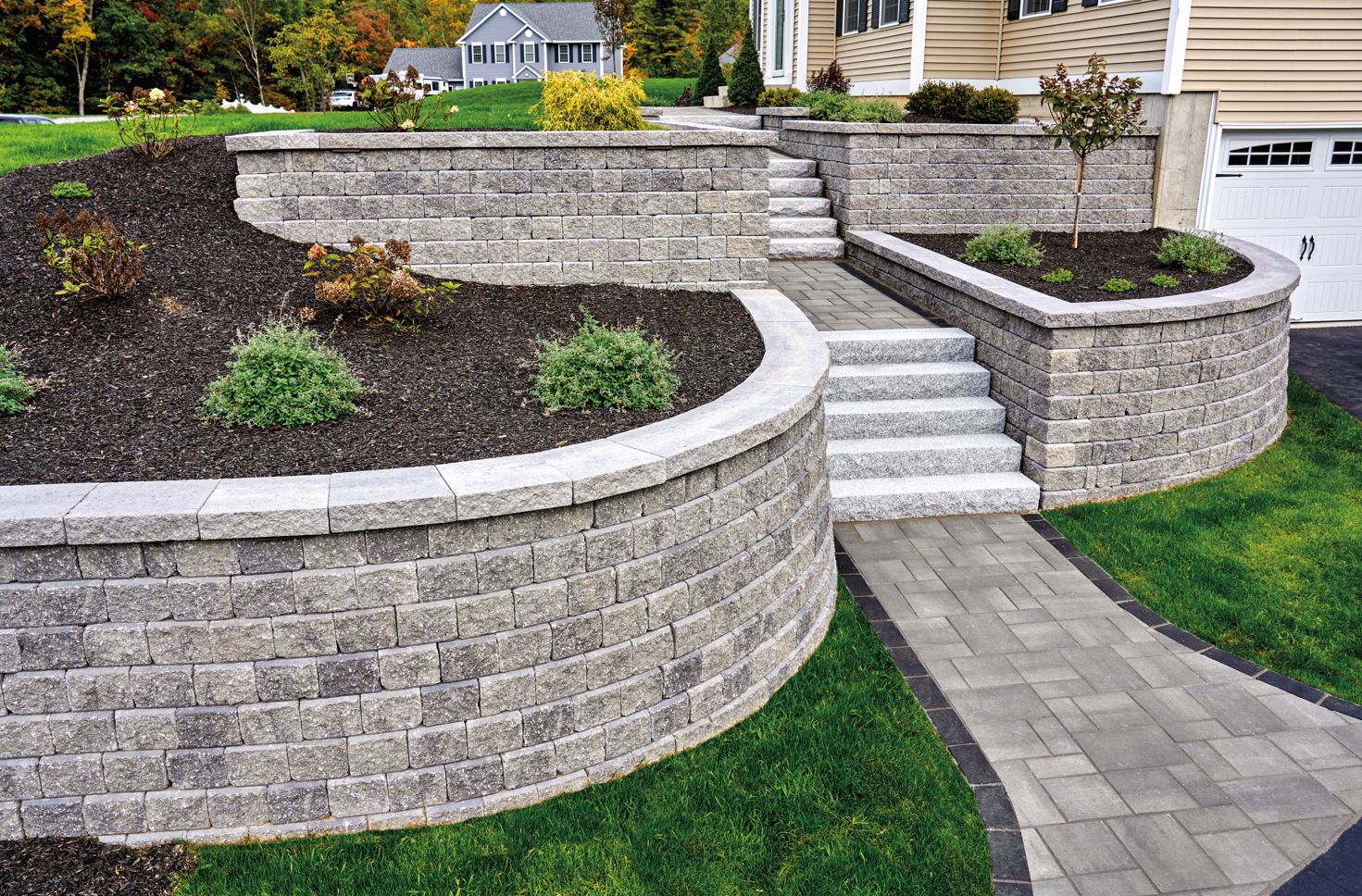August 27, 2024
Fixing Retaining Walls: Professional Options And Suggestions
What Do I Require To Learn About Keeping https://nyc3.digitaloceanspaces.com/property-valuation-services/disability-adaption-reports/neighbor-relations/boundary-disagreement-lawyers-london625514.html Wall Drain? Balancing functionality and looks produces a visually pleasing and useful preserving wall surface. Attaching the panels to the blog posts involves protecting wood planks flat across the messages. It's essential to utilize suitable bolts and guarantee the panels are uniformly spaced and securely connected. Appropriate setup of the panels contributes to the wall's total stamina and appearance.6 Smart Ways to Prevent a Soggy Yard with Every Rain Shower - Bob Vila
6 Smart Ways to Prevent a Soggy Yard with Every Rain Shower.

Posted: Mon, 16 Nov 2020 08:00:00 GMT [source]
Comprehend Hydrostatic Stress And Its Influence
Appropriate compaction strategies guarantee security and decrease the danger of dirt negotiation. Careful backfilling keeps the stability of both the water drainage system and the retaining wall. Rain gutters and downspouts are crucial for handling roofing drainage and stopping water from pooling near retaining wall surfaces. Directing water away from the wall through these systems protects the foundation and decreases dirt saturation. Routine cleaning and upkeep of seamless gutters and downspouts guarantee they run effectively.What Is A Timber Preserving Wall?
Properly rated lawns effectively manage rain, reducing the threat of water damages and maintaining a healthy and balanced lawn. Absorptive soil allows water to percolate through, while impenetrable soil can result in waterlogging and drainage. They help take care of overflow by permitting water to permeate gradually right into the ground, avoiding flooding and merging. Low spots in your yard can become bothersome during summer storms, as water often tends to accumulate in these locations, resulting in waterlogging and damages. Downspout extensions are basic yet effective options for guiding rain far from your home's structure.- As she has all the cards, and if you determine to "cut a corner", I suspect she will reveal you four aces!
- In this new short article, we will certainly explore the importance of integrating adequate water drainage systems in maintaining wall surfaces to avoid water damages and keep their architectural integrity.
- The trench is mounted behind the maintaining wall surface to capture and reroute water away from the wall.
- Water build-up behind the maintaining wall surface can cause hydrostatic pressure, possibly causing failing.
- A well-designed water drainage system by specialist hardscape service providers enables water to move far from the wall, guaranteeing stability and durability.
Essential Overview To Preserving Wall Surface Drain Remedies
Concrete maintaining walls serve as structural obstacles, holding back soil and protecting against erosion. Indispensable in landscaping, freeway construction, and household tasks, these wall surfaces preserve landscapes' honesty, stop landslides, and deal critical structural security. To do so successfully and without pressure build-up, backfill material must contain products that allow water to move while not developing stress build-up in your maintaining wall. In a landscape design project, incorporating water drainage remedies with visual aspects was vital. The task effectively balanced performance and elegance by using all-natural rock swales and attractive grates. In intricate instances or when taking care of considerable maintaining wall surface systems, seeking advice from a drain professional comes to be essential. This textile stops fine soil particles from clogging the drain system while permitting water to travel through. Dig deep into the area behind the maintaining wall surface where the water drainage system will be set up. Begin by examining the site problems and figuring out the appropriate drain system for the certain retaining wall job. If you wish to learn more concerning maintaining wall surfaces in Minnesota, MN please click the link supplied. Post-installation, it is recommended to execute normal upkeep checks and cleansings of the drainage system. Effective water drainage systems mitigate this risk by redirecting water far from the wall surface, alleviating stress and protecting the structure's integrity. Evaluating these variables helps decide whether do it yourself or professional installment is the best strategy. Common products for preserving walls include concrete, which provides longevity and stamina. Rock supplies an all-natural look and superb security, while lumber offers a much more affordable and adaptable alternative for smaller sized projects.What is the most effective material to fill behind a retaining wall?
Although the visible product that will certainly be the face of the preserving wall surface is what offers the wall surface it''s beauty, the crushed rock base that supports the wall surface and the porous water drainage accumulation (crushed rock) back-fill and drain floor tile that convey water far from the retaining wall support the structure.

Social Links